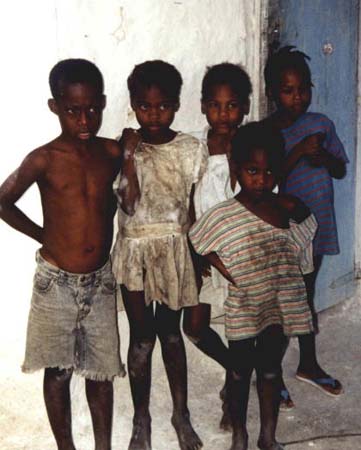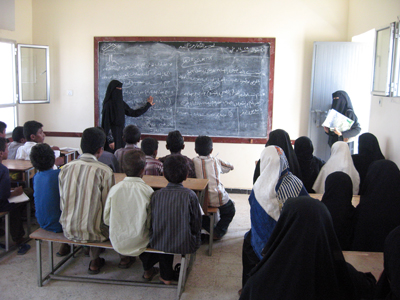
Professional athletes from a number of organizations are doing their part to help with the relief efforts in Haiti.
The no. 1 tennis player in the world, Roger Federer, delayed his preparation in the Australian Open to stage an event with several other stars including Novak Djokovic, Rafael Nadal, Andy Roddick, Kim Clijsters and Serena Williams to entertain fans. With proceeds at $10, fans poured in with excitement. All in all, the event raised more than $200,000 for earthquake victims.
Professional basketball stars Dwyane Wade and retired teammate Alonzo Mourning teamed up once again co-founding the “Athletes Relief Fund for Haiti.” They were able to receive donations from 27 professional athletes and expect more. Wade donated a single-game salary of $175,000, while Lebron James, Kevin Durant, and Chris Paul all donated $100,000. The fund raising project has garnered over $800,000.
The National Football League and NFL Players Association pledged $2.5 million to aid relief efforts. Also, other players including New England Patriot wide receiver Wes Welker, and Clevaland Browns wide recievers Donte Stallworth and Josh Cribbs have all donated to Project Medishare. They also continue to use their Twitter accounts to help drive donations.
Major League Baseball’s juggernaut New York Yankees announced a $500,000 contribution to Haiti relief, with several other players and clubs piggybacking with programs of their own. The league itself announced that it would donate $1 million.
 It’s very touching to see how the United States, especially the world of athletics, has come together to give hope to the people of Haiti. Professional athletes are digging deep into their own pockets to push and push the relief efforts. It gives us sports fans something extra to admire and be proud of.
It’s very touching to see how the United States, especially the world of athletics, has come together to give hope to the people of Haiti. Professional athletes are digging deep into their own pockets to push and push the relief efforts. It gives us sports fans something extra to admire and be proud of.
Help pro athletes and organizations by donating to the American Red Cross.
Every bit counts.







 Wal-Mart
Wal-Mart

